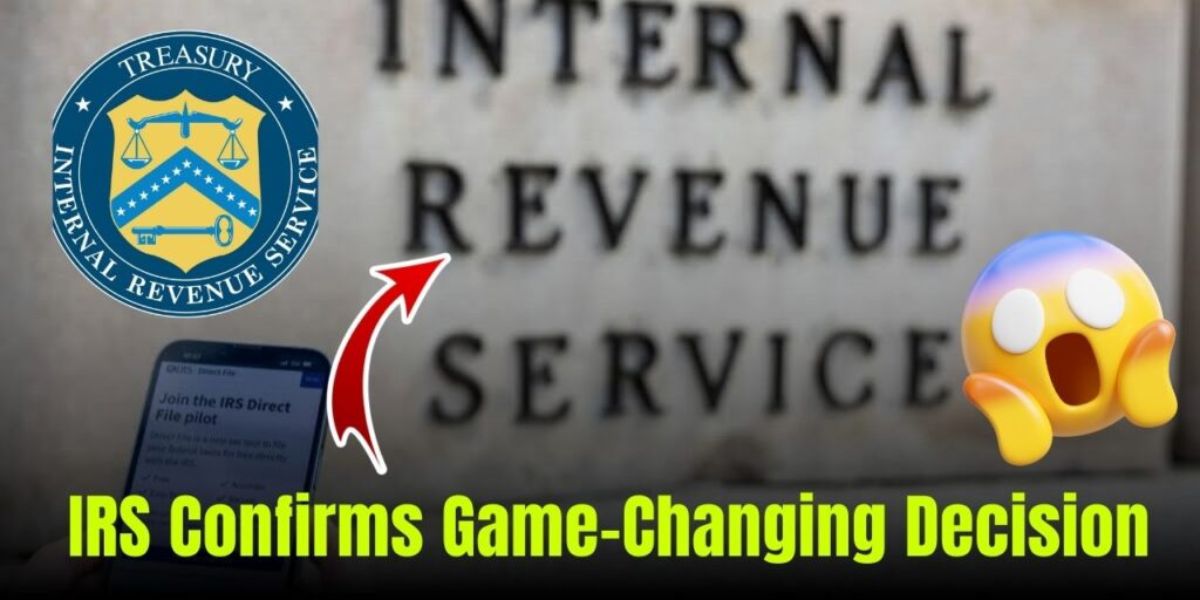In a move that’s sending shockwaves across the workforce, the Internal Revenue Service (IRS) has confirmed a major policy shift that could significantly impact millions of U.S. workers.
This sweeping change aims to modernize outdated tax protocols, enhance compliance, and provide clearer guidance on worker classification and taxation—especially in the era of remote work, gig jobs, and evolving employment structures.
What’s Changing?
At the heart of the IRS’s new policy is a redefinition of worker classification guidelines, which determine whether a person is considered an employee or an independent contractor. The distinction is critical—it affects how workers are taxed, what benefits they’re entitled to, and the responsibilities of employers.
Under the new rules, the IRS will place greater emphasis on the “economic realities” of a working relationship, rather than just the presence of a contract or the degree of independence. Factors such as control over work, opportunity for profit or loss, and the permanency of the relationship will carry more weight than before.
Why This Matters
Millions of gig economy workers—think rideshare drivers, delivery couriers, freelancers, and contract-based professionals—stand to be affected. Under previous guidance, many of these workers were classified as independent contractors, which meant no access to employer-sponsored health insurance, retirement plans, or unemployment benefits. They were also responsible for their own taxes, including the self-employment tax.
With the new framework, a large portion of these workers could now be reclassified as employees, which would shift tax burdens and potentially grant them access to benefits they didn’t previously receive.
Impact on Employers
Businesses that rely heavily on contract labor may face new compliance challenges and increased labor costs. Employers will need to reassess their workforce and possibly begin withholding payroll taxes and offering benefits to workers who were once considered independent.
Failing to comply with the new IRS standards could result in audits, penalties, and back taxes owed.
Remote Work and Multi-State Employment
The policy shift also includes enhanced guidance on taxation for remote and hybrid workers, especially those working in states where their employer is not physically present. This is a major development, as the rise in work-from-home arrangements post-pandemic has created significant tax confusion for both employees and employers.
The IRS now seeks to clarify how income is taxed when a worker resides in one state but is employed by a company based in another. This will help eliminate some of the gray areas and overlapping tax responsibilities that have frustrated workers in recent years.
What Workers Should Do Now
If you’re a gig worker, freelancer, or remote employee, it’s time to pay close attention:
- Review your current classification: Are you being taxed as an employee or an independent contractor?
- Consult a tax professional: The new guidelines could affect how you file, what deductions you qualify for, and your overall tax liability.
- Stay informed: The IRS will release further clarification and implementation timelines in the coming months.
This is one of the most significant IRS policy shifts in recent years, and its ripple effects will be felt across industries—from tech and finance to transportation and creative work. While it may come with short-term confusion and adjustment, the long-term goal is to ensure fair treatment, better compliance, and clearer tax structures for all U.S. workers.
As the new rules begin to take shape, both employees and employers must stay alert and adapt quickly—or risk falling behind in this new tax era.

